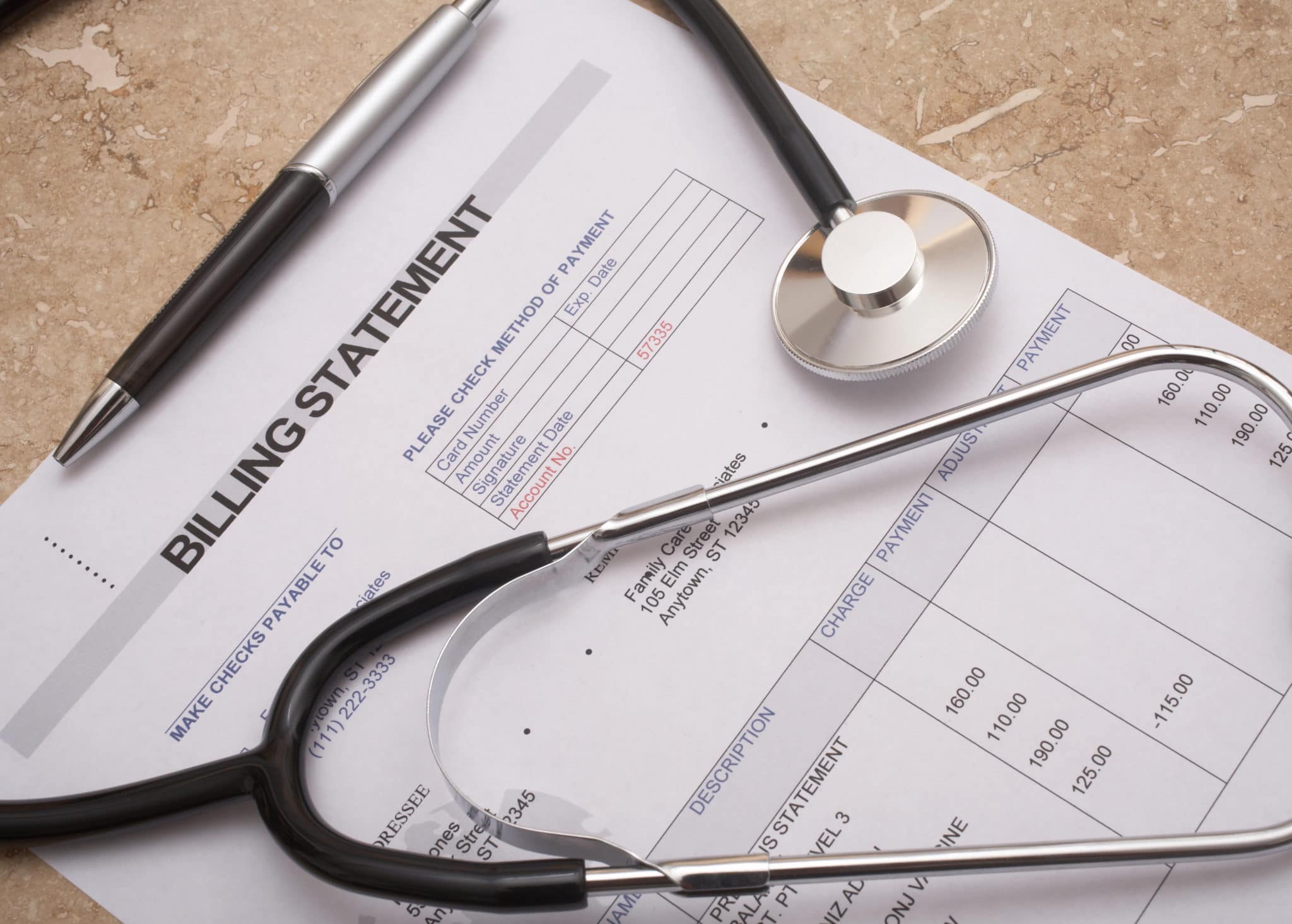If you’re among the tens of millions of Americans with medical debt on their credit reports, there’s good news on the horizon. Starting July 1, 2022, the three major credit reporting agencies–TransUnion, Equifax and Experian–will no longer report medical debt that was paid after it went to collections. At the same time, they’ll increase the lag time between a medical debt going to collections and appearing on your credit report from six months to one year.
Table of Contents
That means you’ll have a full year to pay medical debt that’s placed with a collection agency before a collection item is placed on your credit history. And, if you pay the debt off after it’s reported, the entry will be removed.
In 2023, the three major credit bureaus will be making another change: they’ll stop reporting medical debt that’s less than $500. These changes will make a difference to millions of Americans who have struggled with medical debt. According to the Consumer Financial Protection Bureau (CFPB), there is about $88 billion in medical debt on consumer credit reports.
Medical Debt in America
In February, the CFPB released an in-depth report on medical debt in the United States. Researchers found that 58% of third party collection items appearing on consumer credit reports were for medical debt – and that’s down slightly from 2018.
These entries can lower your credit score. But, the CFPB says medical debt doesn’t necessarily indicate that a person is a credit risk in the way other collection items do. In other words, those medical debt collection entries may be interfering with access to credit, costing consumers in terms of interest rates and fees, and even affecting areas like employment, and access to housing, unnecessarily.
It’s projected that the upcoming changes to credit reporting will remove tens of billions of dollars in medical debt from consumer credit reports.
Of course, that doesn’t solve the whole problem. Delaying reporting of medical collection items, eliminating reporting of small medical debts, and removing paid medical collection items from consumer credit reports can help with issues like access to credit, apartment rentals, and even auto insurance rates. But, it won’t eliminate the debt.
How Much Medical Debt are Americans Carrying?
According to the CFPB report, the exact amount of outstanding medical debt in collections nationwide isn’t clear. Estimates range from $81 billion to $140 billion. Consumer surveys suggest that the percentage of Americans with past-due medical debt is even higher than credit reporting would suggest. In 2018, 22.7% of survey respondents reported that they had unpaid medical debt, with a median total of $2,000 outstanding.
That percentage varies dramatically from state to state. California residents fare better than those in many other states, likely due in part to mandates that make free or reduced-price care available to uninsured residents and low-income patients with high medical costs. Still, 7.45% of Californians have medical debt collection items on their credit reports, suggesting that the total carrying past-due medical debt is even higher.
Los Angeles County is just slightly above the state rate, at 8%. But, neighboring counties are all at 10% of above, and 13% of Kern County residents have medical debt in collections.
New Protections for California Residents
Recent legislation has added to the medical debt safety net for Californians. Among other protections, the new law requires a hospital to take certain actions before selling medical debt to a debt buyer. For example, the hospital must have determined that the patient was ineligible for financial assistance, unless the patient has failed to respond to billing or efforts to determine eligibility for financial assistance for at least 180 days. The debt buyer must be licensed by the Department of Financial Protection and Innovation (DFPI) and must agree not to resell the debt (with very limited exceptions) or to interest or fees from the patient.
The hospital is also required to provide the patient with advance notice of the sale to a debt buyer, and that notice must include other information such as:
- Instructions for obtaining an itemized bill
- Information about the medical insurance or other coverage the hospital has on record, or a statement that it does not have that information
- An application for the hospital’s charity care or financial assistance program
The hospital is also prohibited from selling the debt to a debt buyer if the patient or responsible party is making a good faith attempt to qualify for charity care or financial assistance, or to negotiate a payment arrangement, unless the debt buyer agrees to comply with the statutory requirements.
Medical Debt is Still a Problem
Medical debt impacts more than access to credit. Financial stress causes or aggravates a wide range of medical problems. And, a 2016 study revealed that the majority of people struggling with medical bills had cut back on spending on food, clothing and other essentials. A majority also reported having used up most or all of their savings.
While California law offers a level of protection not available to all Americans, not everyone is eligible for financial assistance and not every medical provider is bound by the statute. That means many California residents are still plagued by medical debt they can’t pay. And, despite the increasing protections, some medical debt will still show up on credit reports. Some will lead to debt collection activity, possibly including lawsuits.

An expert tip from Erik
If you’re struggling with medical debt, the first step is to know your rights and enforce them. For example, if you owe a debt to a hospital and haven’t been offered the opportunity to apply for charity care or financial assistance, contact the provider and get that process underway. If you aren’t eligible and medical debt is hurting your credit or creating financial stress, it’s time to learn more about your options.
The best answer for you will depend on the amount of debt involved, your other debts, what type of property you own and other variables. You may be able to negotiate a lump-sum payment that is significantly less than the outstanding balance, or to enter into a payment arrangement. Or, you may want to consider a solution like Chapter 7 bankruptcy.
If you otherwise qualify, medical debt is generally 100% dischargeable in a Chapter 7 bankruptcy case, meaning you could have a clean slate in just a few months.
To learn more, schedule a free consultation with one of our experienced Los Angeles debt negotiation and bankruptcy attorneys. Call 877-439-9717, fill out the contact form on this page, or click in the lower right-hand corner of the page to chat right now.
